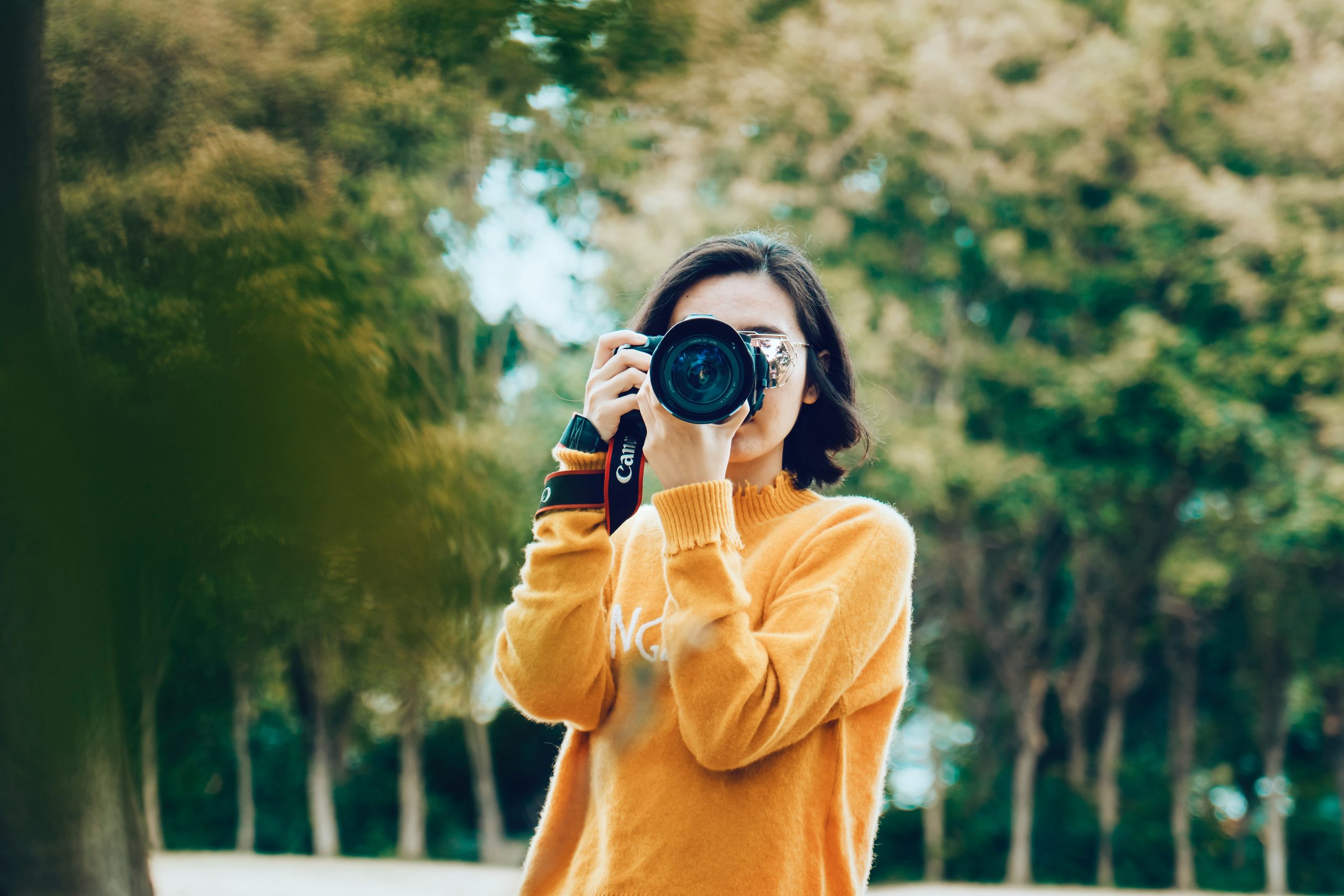If you’re serious about making photography your career, or even if you just want to improve your amateur status, there’s a lot to learn. To get the best tips and tricks from the experts you could consider doing one of the free online photography courses that are available – which, in turn, might inspire you to invest in further formal studies. Before you even get to that stage, though, you might be surprised just how much can be learned on the job. In other words, just get out there and make a start!
Rather than going in blindly though, if you understand some of the methods the experts use you can save yourself a lot of time and achieve some surprisingly good results. One such aspect is the use of filters – and no professional photographer would be without at least several in their kit bag. (You will learn more about filters on the many free online photography courses.)
The following are three filters you should consider, as their use will greatly enhance your images.
A Polarizing Filter
If landscape photography is your thing, you definitely need to invest in one of these as a matter of urgency. This filter does several things and is considered one of the most essential to have. It reduces glare (particularly good when shooting out on the water), reduces haze (adding clarity) and, lastly, it increases the contrast (so you can get those stunning blue skies and fluffy white clouds.)
Neutral Density
It’s important to get away from the idea that all filters will alter the colour and saturation of an image. Of course, coloured ones will do this, but a neutral density filter is just that: neutral. They come in a variety of strengths and shapes and their purpose is simply to reduce the amount of light coming through the lens, which ensures colour-correction across the entire image without actually changing the colours. You need to be aware that using an NDF will alter the exposure though, so while you need to compose your image prior to attaching it, you must determine and set your aperture and shutter speed after it’s on.
Graduated Neutral Density
While a standard NDF is of solid strength across the whole filter, a graduated NDF is another very handy piece of equipment to have. As the name suggests, they start off at one strength at the top then fade out to clear at the bottom. They’re superb for balancing out the exposure between, say, a very dark foreground and a bright sky. They come in differing strengths and levels of transition from dark to light. (You can also get a reverse graduated NDF, which is dark at the bottom and fades to clear at the top.)
Improve Your Images With Filters
In the big scheme of things, filters are one of the few camera accessories that won’t cost you the earth and can make a huge difference to your work. As with everything, you’ll need to go through some trial and error when you first start using them, but once you’ve got the hang of the effects on your exposure you’ll wonder how you ever did without them!
If you do any of the reputable free online photography courses you’ll be able to get some valuable tricks and tips when it comes to using filters, and there are many more than those talked about above. Once you start using them, it’s a good idea to compare images with and without them, so your understanding of the effect they have becomes second nature.
